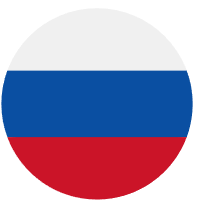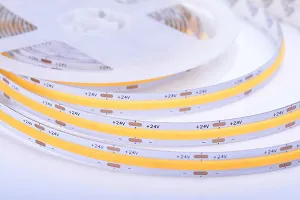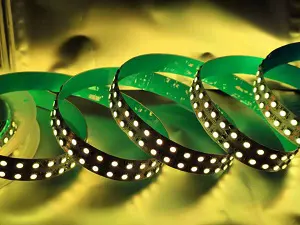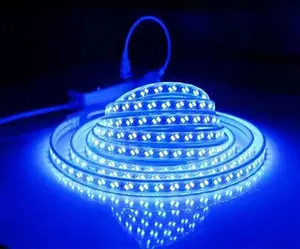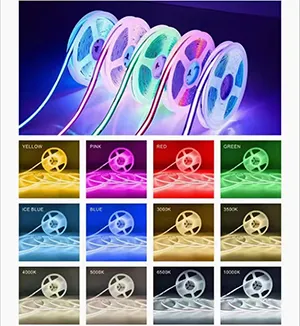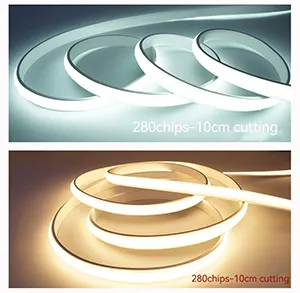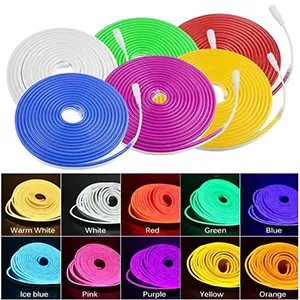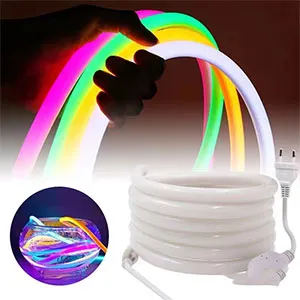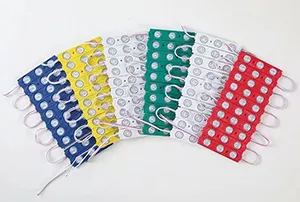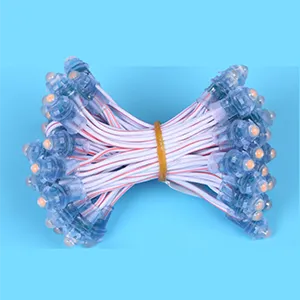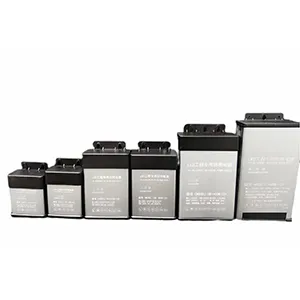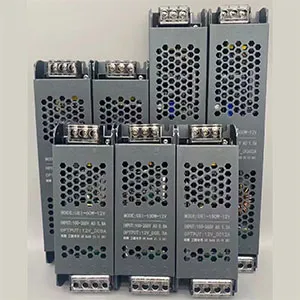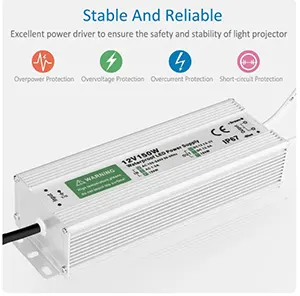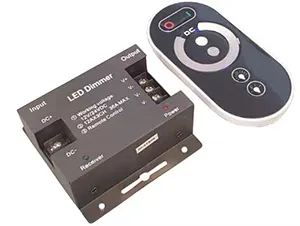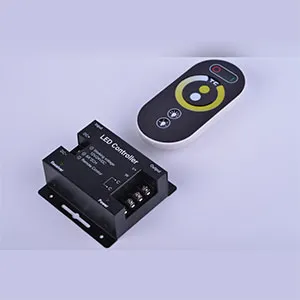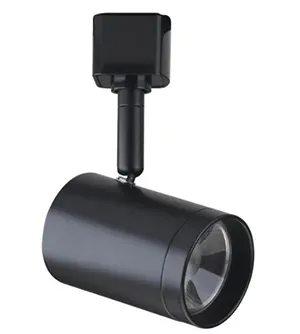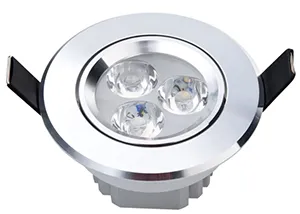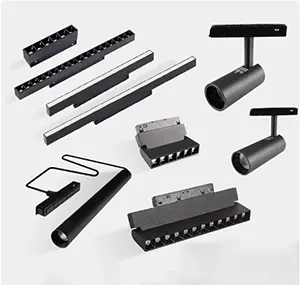What is LED module
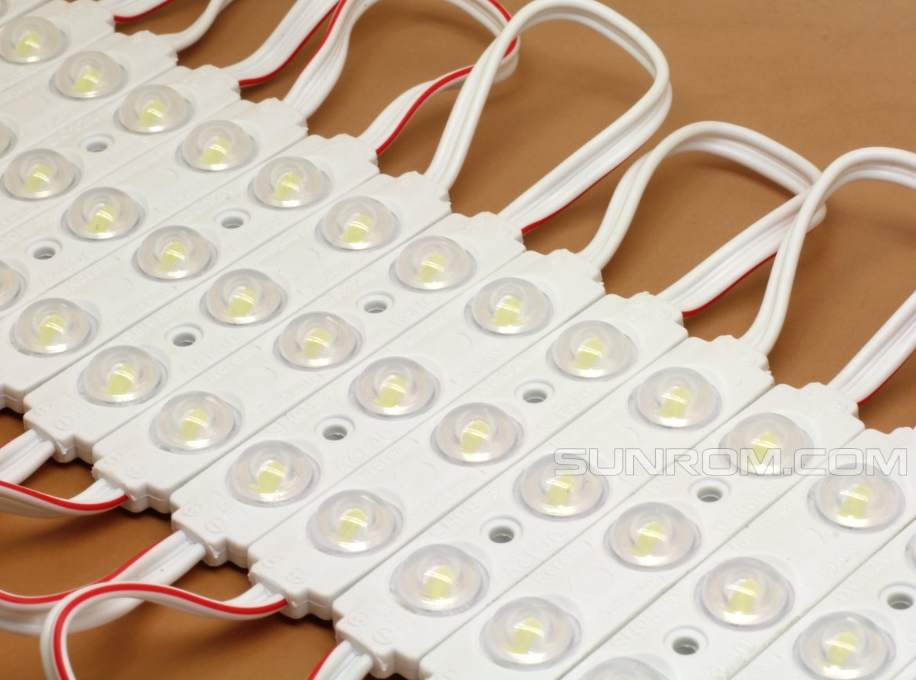
LED module is a product that arranges a certain number of light-emitting diodes together in a regular pattern and then packages them together, adding some waterproof treatment.
concept
LED modules are the most widely used products among LED products. There are also great differences in structure and electronics. The simplest one is to use a circuit board and a shell with LEDs to form an LED module. The complex one adds some control, constant current source and related heat dissipation treatment to make the LED life and luminous intensity better.
application
It is mainly used to display the night effects of advertising fonts (acrylic, blister) and logos. It uses text or logos as the medium and is installed on the top or wall of the building. It can not only show the daytime effect of the logo, but also use LED as the light source to show another effect at night. It is equipped with an LED lighting application control system to perform dynamic video control on the text or logo. In some places with a strong entertainment atmosphere, LED light source modules have become one of the most important choices for companies to display their self-image.
The main parameters
1 Color: According to the color type, it can be divided into three types: monochrome, seven colors, and full-color single-point control.
2 Voltage: 12V low-voltage modules are more common. When connecting the power supply and control system, you must check the correctness of the voltage value before powering on, otherwise the LED module will be damaged.
3 Working temperature: That is, the temperature at which the LED works normally. Usually between -20℃ and +60℃. 4 Lighting angle: Generally, the light-emitting angle of the LED provided by the manufacturer is the angle of the LED module.
5 Brightness: The brightness we usually refer to in LED modules is usually luminous intensity and lumen.
6 Waterproof level: If you want to use the LED module outdoors, this parameter is very important. Usually, in the case of full open air, the waterproof level should reach IP68.
7 Size: It is the length, width, height and other dimensions that are usually referred to.
8 The maximum length of a single connection: It is the number of LED modules connected in a series of LED modules.
9 Power: Basically, the power of the LED module = the power of a single LED x the number of LEDs x 1.1.
LED module classification
According to the color type, it can be divided into three types: monochrome, seven-color, and full-color single-point control. Monochrome is a module with a single color, generally red, green, yellow, white, etc. are more commonly used; seven-color LED modules are module products that change from seven different colors, with more colors and more variability; full-color LED modules are richer than seven-color modules, and can achieve full-color changes, which are not only very beautiful, but also dynamic and more eye-catching.
According to the power of a single LED, it can be divided into three types: low power (below 0.3W), medium power (0.3-0.5W), and high power (1W and above). High-power modules are brighter than low-power modules, and have longer service life. They are the development trend of the entire LED lighting in the future and are more practical.
According to the sealing performance, it can be divided into waterproof and non-waterproof. Waterproof and non-waterproof modules are mainly distinguished by the application environment. Generally, waterproof LED modules can be used for outdoor lighting and publicity. They will not have problems due to water ingress and are more suitable for harsh environment applications. Non-waterproof modules are mainly used indoors. Of course, waterproof modules are more expensive than non-waterproof ones.
According to the shape of the LED, LED modules are divided into: direct-plug LED modules, piranha LED modules, and SMD LED modules.
Requirements
The voltage of LED varies from 2-9v, and the power also has a wide range. The specific LED to be selected depends on the technical requirements of the module as a product. For example, if the LED module needs to output 10lm of light, it looks better to use two LEDs, so you can choose an LED with 5lm. Combined with other factors such as color (LED voltage is related to color), temperature, quality, etc., you can find an LED that is suitable for the product.
Instructions for use
1. At present, the light source used for luminous characters is mainly LED three-lamp, five-lamp, and six-lamp light source modules with conventional input voltage of DC12V. The DC12V output by the constant voltage switching power supply is required as the power supply. Therefore, it should be noted that if the switching power supply is not installed when installing the luminous characters, the luminous characters or LED light source modules should not be directly connected to the AC 220V mains power supply, otherwise the LED light source will burn out due to excessive voltage.
2. In order to avoid the switching power supply working at full load for a long time, the switching power supply and LED load power are best 1:0.8. According to this configuration, the service life of the product will be safer and longer.
3. If there are more than 25 modules, they should be connected separately first, and then connected to the outside of the luminous character box in parallel by high-quality copper core wires greater than 1.5 square millimeters. The length of the power cord should be as short as possible. If it exceeds 3 meters, the wire diameter must be appropriately increased. The unused wires at the end of the module must be cut and pasted firmly to avoid short circuits. If necessary, they should be fixed with self-tapping screws. When the non-waterproof series is used outdoors, the slot-type characters must be waterproofed;
4. There must be sufficient brightness. The module spacing needs to be between 3 and 6CM depending on the brightness, and the thickness of the characters can be selected between 5 and 15CM. There are two types of LED light sources suitable for luminous characters: piranha and small straw hat. The piranha luminous module is suitable for luminous characters with a wall height of 8-15cm.
5. In the process of using LED luminous modules, you must pay attention to the problem of voltage drop. Never make only one loop and connect the end in series from the beginning. Doing so will not only cause inconsistent brightness between the beginning and the end due to different voltages, but also cause the problem of excessive single-channel current burning the circuit board. The correct approach is to connect as many loops in parallel as possible to ensure a reasonable distribution of voltage and current.
6. If anti-corrosion materials are required inside the character cavity, it is best to use white primer to increase its reflective coefficient.




